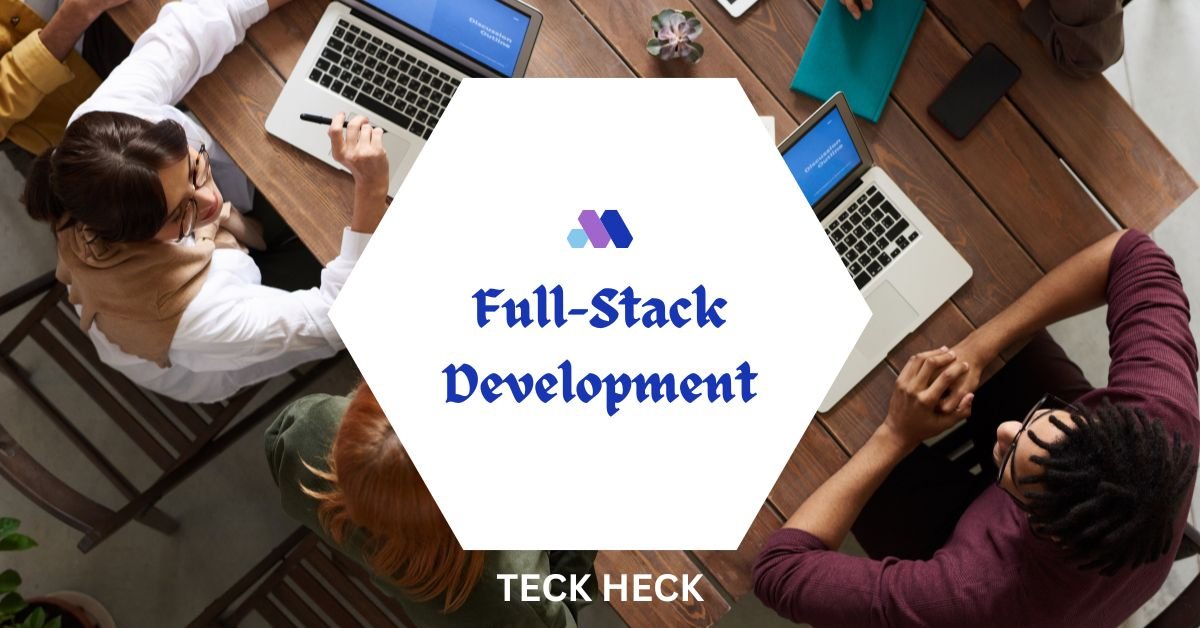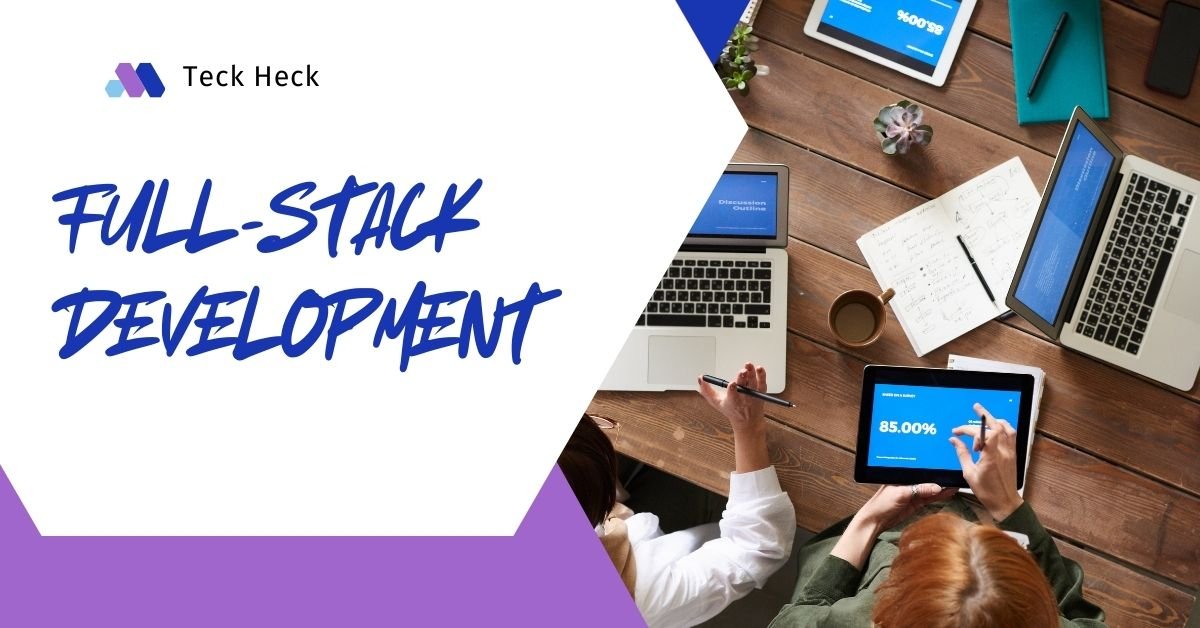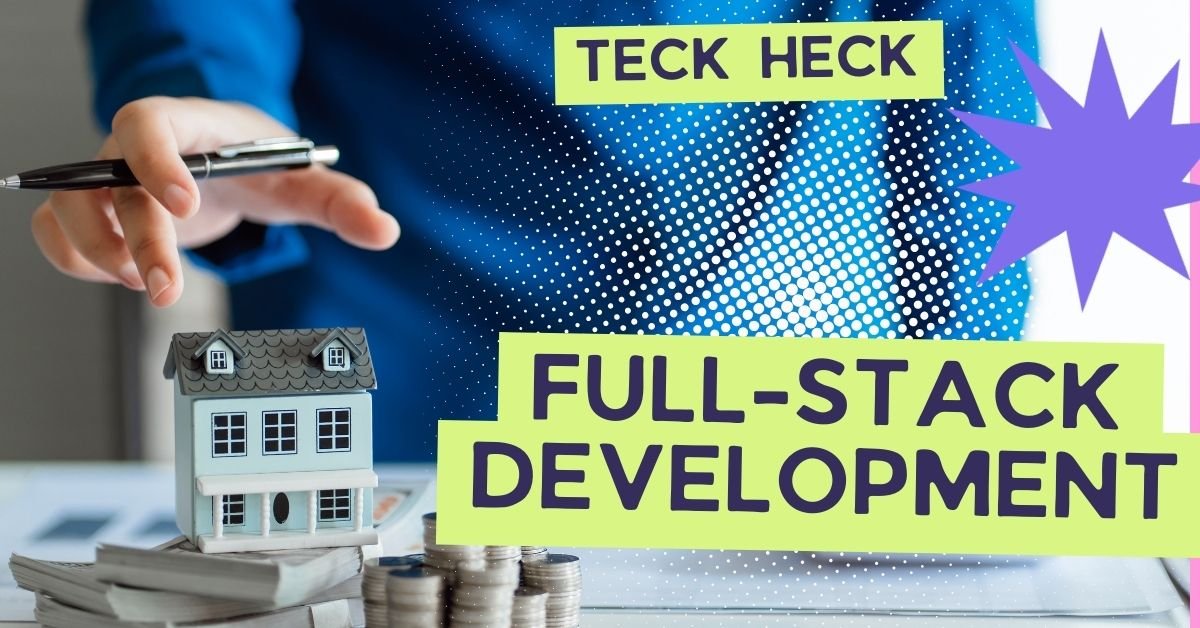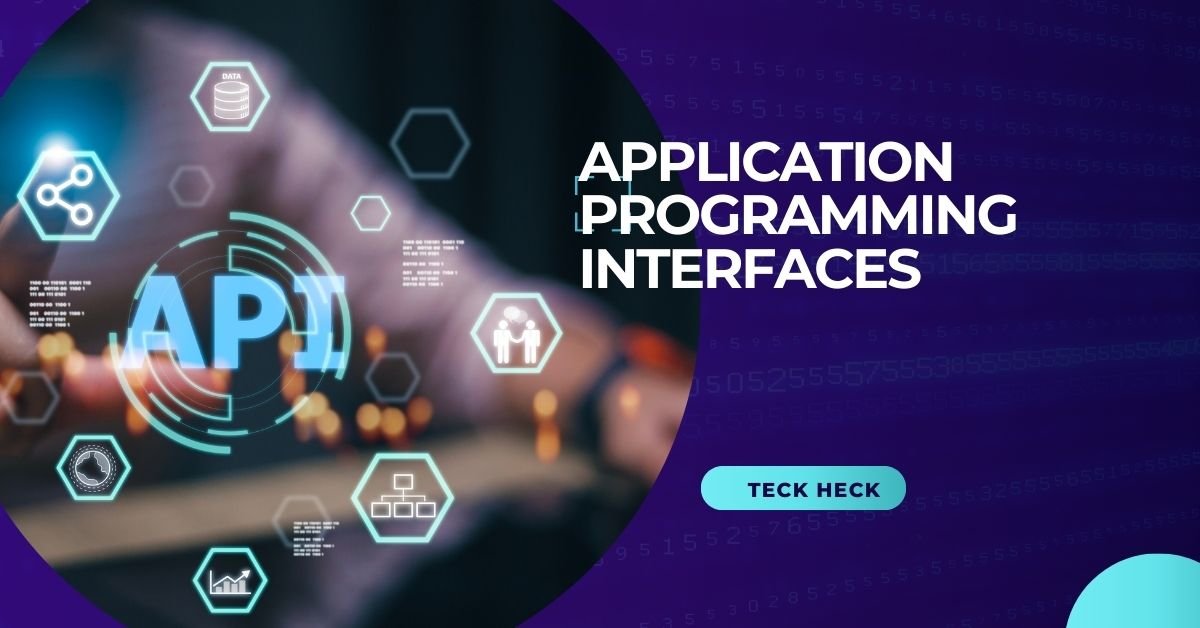
Which front-end frameworks are most frequently utilized in full-stack development, and what distinguishes them from one another?
Overview of Full-Stack Development: An Introduction
A thorough method for creating web applications that incorporates both front-end (client-side) and back-end (server-side) components is called full-stack development. A developer with the ability to operate on all web application layers is known as a full-stack developer. The definition of full-stack development, the functions of front-end and back-end development, the technologies utilized, and the abilities required to become a skilled full-stack developer will all be covered in this article.
Full-Stack Development: What Is It?
The process of creating a web application’s front-end (the user interface and experience) and back-end (the server-side logic and database administration) is known as full-stack development. Full-stack developers are in charge of every step of the development process, from user authentication and data storage management to interface design.

They are supposed to manage the server, database, and application logic in addition to the design and user interaction.
The Full-Stack Development Layers
There are multiple layers to full-stack development:
Front-End (Client-Side): An application’s front-end is what users directly interact with. Everything that users see on the screen is included, including the layout of the design, the way the content is presented, and the way the program reacts to user input.
Technologies include Vue.js, HTML, CSS, JavaScript, React, and Angular.
Proficiency in responsive design, which prioritizes mobile devices.
knowledge of front-end libraries and frameworks.
concepts of UI/UX design.
familiarity with CSS pre-processors such as SASS or LESS.
Back-End (Server-Side): This part of the application manages the server, logic, and data. Writing code to handle user requests, communicate with databases, and return client-side responses is part of it.
Technologies: PHP,.NET, Ruby (Rails), Java (Spring), Node.js, Python (Django, Flask), etc.
Proficiency in one or more back-end programming languages is a necessary skill.
knowledge of RESTful API design and server architecture.
familiarity with encryption, security standards, and authentication.
familiarity with the implementation and administration of servers.
Database Management: The application’s necessary data is stored and arranged by the database layer. A full-stack developer should be able to query data, work with databases, and guarantee data integrity.
Technologies: GraphQL, NoSQL (MongoDB, Firebase), and SQL (MySQL, PostgreSQL).
Skills: Knowledge of linkages and data modeling.
the capacity to create and refine intricate queries.
DevOps and Deployment: Full-stack developers are frequently in charge of implementing apps and making sure they are maintained in live settings. This entails managing cloud resources, putting up continuous integration (CI) pipelines, and making sure the system functions properly.
Technologies: Google Cloud, AWS, Azure, Docker, Kubernetes, and Git.
Proficiency in deployment tactics is one of the skills.
knowledge of cloud computing platforms.
familiarity with CI/CD procedures.
observing and expanding applications.
Essential Competencies for Full-Stack Development
You need a broad range of abilities in both the front-end and back-end domains to succeed as a full-stack developer:
Technologies at the front end:
The foundational languages for organizing and designing web content are HTML5 and CSS3.

JavaScript is the computer language used to create dynamic front-end functionality. Making interactive elements requires it.
Frameworks and Libraries: To create responsive and contemporary user interfaces, one needs an understanding of well-known front-end libraries such as React, Angular, and Vue.js.
Technologies at the back end:
Node.js: A well-liked option for back-end development, particularly for apps that use JavaScript.
Server-Side Frameworks: Developers may easily organize server-side applications by learning frameworks like Express (Node.js), Django (Python) and Spring Boot (Java).
Designing RESTful APIs and working with web services are essential skills for full-stack engineers.
Administration of Databases:
Databases: It is crucial to comprehend relational databases (MySQL, PostgreSQL) and non-relational databases (MongoDB).
Object-Relational Mapping, or ORMs: Tools such as SQLAlchemy (Python) and Sequelize (Node.js) facilitate easier communication between the database and the back-end code.
Collaboration & Version Control:
Git & GitHub: To track code changes and work with other developers, full-stack engineers must be adept at version control systems like Git.
DevOps Proficiency:
Virtualization and containerization: Tools such as Docker enable developers to build environments that operate fluidly across many computers.
Cloud Platforms: For the management and deployment of applications, familiarity with cloud services such as AWS, Azure or Google Cloud is advantageous.
Soft Skills:
Solving problems: Full-stack developers frequently have to solve complicated issues by decomposing them into smaller, more manageable components.
Effective time management is essential for managing both front-end and back-end tasks.

Cooperation: Full-stack developers frequently collaborate with groups of designers, developers and project managers, thus effective communication is crucial.
Technologies and Tools for Full-Stack Development
To expedite development and improve the functioning of their applications, full-stack developers utilize a variety of tools and frameworks. Typical tools include the following:
Editors of code:
For writing and editing code, use Atom, Sublime Text, or Visual Studio Code.
Advantages of Comprehensive Knowledge in Full-Stack Development:
A full-stack developer is adaptable and useful to teams since they can comprehend and oversee every facet of a web application.
Effective Problem-Solving: Full-stack developers are able to troubleshoot problems throughout the stack, which facilitates the identification and correction of faults or bottlenecks.
Faster Development: By working on both the front-end and back-end components at the same time, full-stack engineers can shorten development cycles and possibly provide faster releases.
Cost-effective: Employing a full-stack developer rather than separate front-end and back-end developers can be more cost-effective for startups or smaller teams.
Challenges of Full-Stack Development Complexity: As applications get more complicated, managing the front-end and back-end can become too much to handle. Full-stack developers have to strike a balance between the two without being overworked.
Ongoing Education: The field of web development is always changing, with new frameworks, tools, and best practices appearing on a regular basis. Maintaining current knowledge of both front-end and back-end technologies is essential for full-stack engineers.
Although full-stack engineers are generalists, there are circumstances in which specific knowledge of a given stack—such as front-end or back-end—may be needed. Keeping up with in-depth knowledge in both fields might be challenging.
In conclusion
A comprehensive approach to creating web applications, full-stack development calls for a blend of database, front-end, back-end, and deployment expertise. Because they can work across the entire stack, full-stack developers are extremely important and necessary for creating dynamic, modern, and efficient online apps. In the tech sector, full-stack development remains a highly sought-after expertise due to the increasing demand for these adaptable individuals. Full-stack developers can access a multitude of employment options in the constantly changing field of web development by becoming proficient with a range of technologies and tools.




